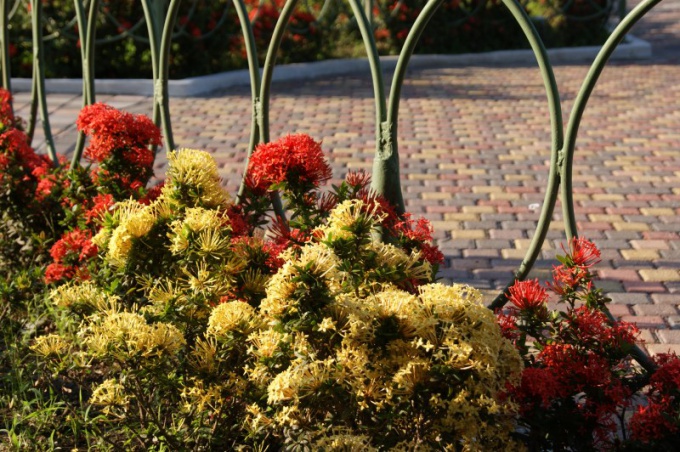Instruction
1
Consider the properties of individual colors. Blue and green are cold colors, creating perspective, evokes the feeling of rest and visually enlarge the space in a small area. Purple blends perfectly with the green background of the lawns, being concentrated in large numbers in one place, creates a somber mood. Yellow and pink colors visually reduce the area of the site. Life-affirming red in large volumes causes fatigue. White color creates a feeling of lightness.
2
Enter the color orange in the composition in a small amount, because for some people it can irritate. And blue, in small amounts reduces blood pressure, prolonged exposure produces a depressing effect. Do not use bright colors and their combinations around those objects and farm buildings, which should not be allocated on the site. They are best for accentuating zadeistvovat interesting design elements.
3
Develop a color scheme for the area, given the color scheme of your neighboring houses, pavements, garden furniture, fence and other structures. The first steps in landscape design start with using the monochromatic scheme in which there are different shades and tones of one color. To get a more vigorous mix, match colors that are opposite each other in the color wheel. This option is ideal for lovers of bold decisions, confident in your design talent.
4
Remember that in the regeneration of the site must be a balance, namely, the uniform distribution of visual activity: colors that are in sight with one hand should be balanced such intensity combinations with the other hand.
